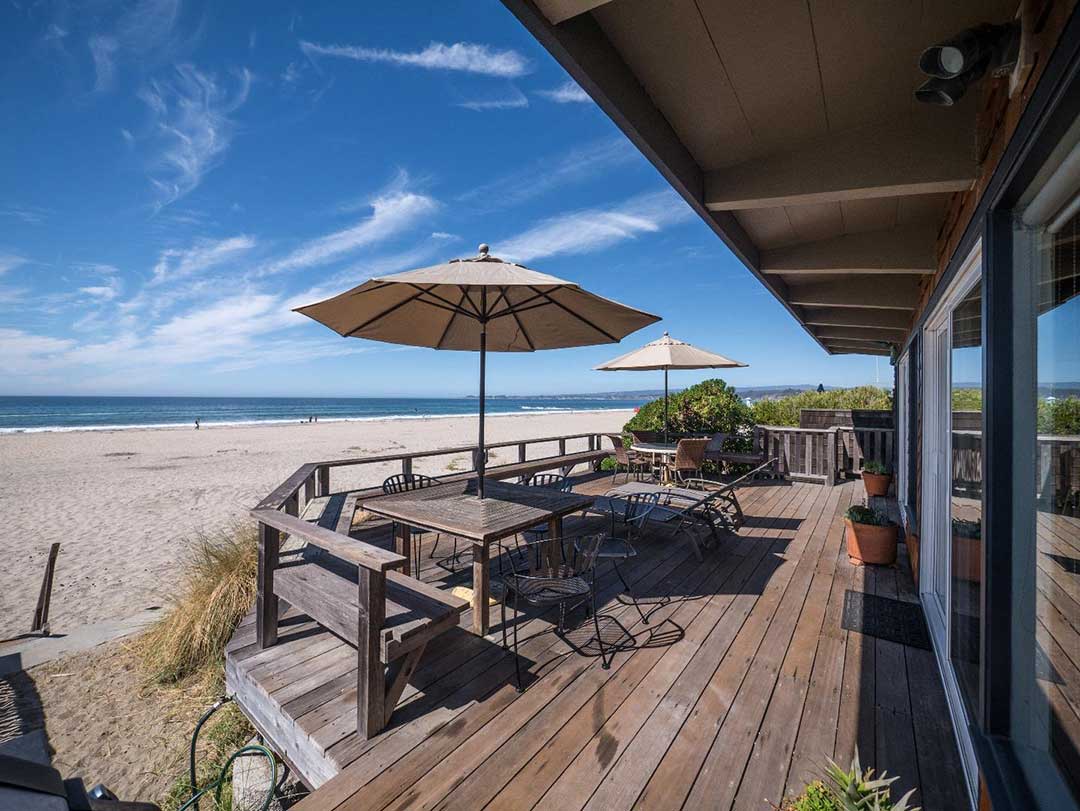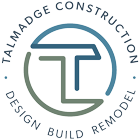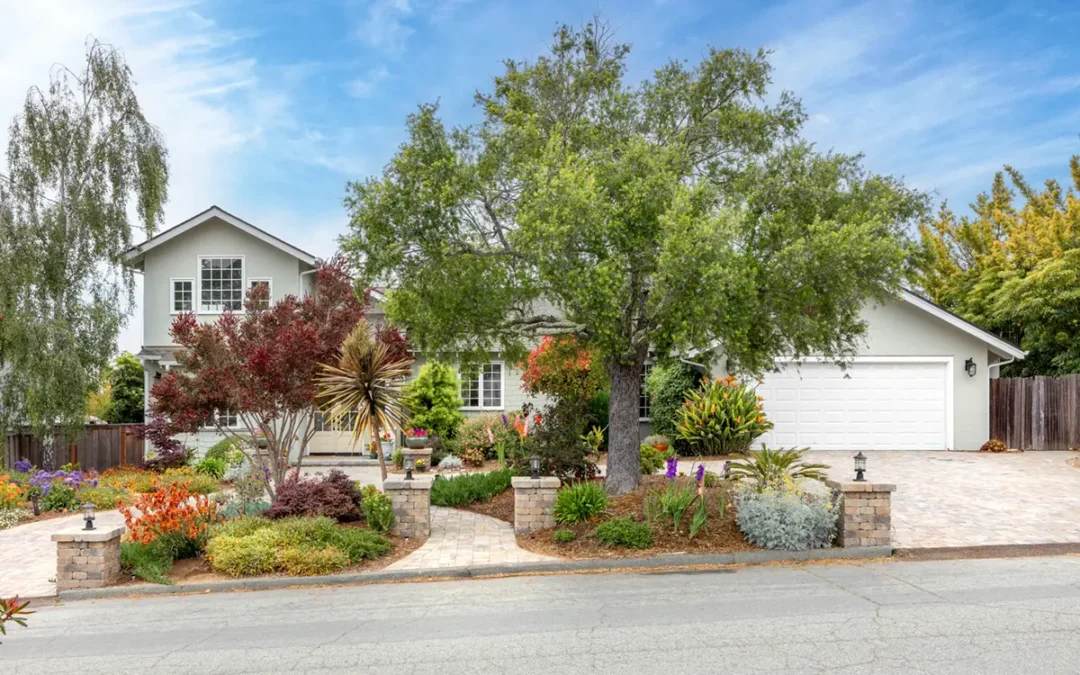What Homeowners Need to Know Before Remodeling
Coastal permitting rules for residential properties are changing in Santa Cruz County, and it’s crucial you’re aware of how they impact your remodeling plans. While we live in one of the most beautiful areas in the state, it is a privilege that comes with a unique, complex, and now updated set of rules. Understanding these updates early will help you avoid costly surprises and unnecessary delays. In this article, we’ll cover what’s changed, why it matters, and how to move forward with clarity and confidence.
Recent Shifts in Coastal Construction Regulations

Coastal remodeling has never been straightforward. Over the past year, the complexity has deepened. New and proposed regulations from both the California Coastal Commission and local Santa Cruz authorities are tightening the rules around development in coastal zones.
These updates aim to protect the environment and address long-term risks, such as erosion and sea-level rise, but they also introduce additional layers of review that homeowners must navigate. Before undertaking a home remodel of any kind, it’s essential to understand the changes and how they may impact your project’s scope, design, and approval timeline.
Let’s take a closer look at Santa Cruz County’s changing Coastal Development Permit (CDP) requirements and how they potentially impact your proposed remodel.
- When Is a Coastal Development Permit (CDP) Required?
A Coastal Development Permit (CDP) is generally required in Santa Cruz County for any project located within the designated coastal zone, which stretches roughly five miles inland from the coast. While some modest improvements may qualify for exemptions, the criteria are strict.
For example, suppose you’re replacing a structure destroyed by a disaster (Disaster Replacement Exemption). In that case, it must stay within 10% of its original size, serve the same use, and meet the county’s Local Coastal Program standards.
Similarly, minor additions to single-family homes might be exempt if they fall under specific square footage limits, depending on the zone. Such limits include being under 500 sq. ft. in most areas and under 250 sq. ft. in designated appeal zones.
“These exemptions aren’t stackable, and exceeding the threshold, even just a little bit, can trigger the need for a full CDP,” says Andrew Talmadge, President of Talmadge Construction. “What many homeowners don’t realize is that proximity to sensitive areas like beaches, wetlands, or bluffs can override those exemptions entirely, as can your property being on a steep slope. It’s always advisable to remember that even a seemingly simple remodel can fall under CDP requirements, so checking early is vital to avoid unexpected delays.”
- SB 9 and Urban Lot Splits in the Coastal Zone
Senate Bill 9 (SB 9) opened up new remodeling opportunities for homeowners across California by allowing certain lot splits and duplexes on single-family properties. However, in the coastal zones of Santa Cruz County, these opportunities come with restrictions. While SB 9 still applies, local regulations add more layers of scrutiny.
For instance, your lot must be legally established and meet access and zoning requirements. There may also be deed restrictions to ensure residential use and shared maintenance.
“It’s important to do due diligence. Just because SB 9 says you can split your lot or build a second unit, that doesn’t mean it’s straightforward along the coast,” says Andrew Talmadge. “Understanding how local coastal rules interact with state-level laws is crucial, and that’s where working with a local, knowledgeable design-build team starts to matter.”
- Coastal Commission Oversight and Appeal Jurisdiction
Not all coastal remodeling projects are reviewed solely at the county level. Some fall under the direct oversight of the California Coastal Commission. If your property is between the sea and the nearest public road, or within 300 feet of a beach or coastal bluff, or within 100 feet of a stream, estuary, or wetland, your permit could be subject to additional review or appeal.
What this means is that even with local approval, your coastal home remodeling project may still face challenges based on concerns such as public access, visual impact, erosion risk, or habitat disruption. These added layers can make the process slower and introduce unexpected requirements.
- Emergency Permits and Environmental Sensitivities
Even when urgent repairs are needed (i.e., after a storm), coastal regulations require that the repairs must consider environmental impact. Emergency Coastal Development Permits (ECDPs) are available, but if, for example, your repair work affects a nesting area, like those used by seabirds, your project might be delayed until the breeding season ends, as was the case at the Santa Cruz Wharf.
It’s crucial to work with a Santa Cruz County remodeling team that understands the process and can assist you in navigating both the paperwork and the ecological nuances, especially during emergency repairs.
Why Working with a Design-Build Firm with an In-House Architect Matters

Permitting requirements across Santa Cruz’s coastal zones have long been complex, as we’ve mentioned, but changing regulations now demand more rigorous expertise in design, engineering, and permitting strategy. That’s where the design-build model, especially one that includes an in-house architect, really comes into its own.
Here’s how:
- Integrated Permitting Strategy
We have an in-house architect at Talmadge Construction who stays current on the latest local and state coastal regulations. This means we can address potential permitting challenges from the very first sketches. We design everything with compliance in mind, aligning your vision with current regulations to avoid potential setbacks later. By integrating permitting into the early stages, it’s much easier to avoid surprises and obtain faster approvals.
- Seamless Collaboration
In a traditional remodel, design and construction teams often work separately. However, when your architect, builder, and project manager are part of the same team, collaboration becomes the natural way of working. The latter is what we do via a design-build approach to home remodeling. Instead of chasing updates across multiple firms, you get a single, cohesive team working together, anticipating issues before they arise and adjusting in real time. This integrated approach is especially beneficial in coastal projects, where even minor permitting errors can lead to significant delays.
- Experience with Coastal Properties
“We’ve worked with numerous homeowners in Aptos and other coastal communities, navigating bluff-top development, erosion setbacks, and view protections,” says Danielle Grenier, Lead Architect & Design Dept. Manager at Talmadge. “Our team understands how local planning departments interpret regulations, and we know what’s needed to move a project through while minimizing delays and setbacks.”
This experience enables us to identify potential issues early, find workable solutions, and devise strategies to achieve your goals throughout the permitting process.
Thinking of Remodeling or Building an ADU for Your Coastal Property?

If you’re considering a remodel or thinking about adding an Accessory Dwelling Unit (ADU) to your coastal property, it’s essential to consider what’s possible and the potential hurdles. That’s why having expert guidance early on can save you time, stress, and unexpected costs. At Talmadge, our integrated design-build team is here to guide you from concept to completion with an architect who understands how to navigate these new rules without compromising the beauty and functionality of your home.
Our team, based in Aptos, is dedicated to preserving coastal homes and carrying out expert remodeling to fit families’ lifestyle changes. We’ve been doing so for over 40 years and would love to help you as well.
As a community-focused design-build firm passionate about eco-friendly design and local education, we are committed to exceptional customer service, quality workmanship, and complete integrity. Are you looking to remodel or extend your coastal property? Or transform a fixer-upper? We’ll be with you every step of the way.
Here at Talmadge, we place our reputation for integrity at the center of everything we do, advocating for homeowners because they deserve a remodel that makes life easier. Recognizing that Santa Cruz County homeowners are our neighbors and fellow business owners, we place equal importance on contributing to the community’s growth, including being a strong supporter of education. We firmly believe that improving people’s lives at home and through education translates to better societies.
When you remodel with Talmadge, you directly support education in the local community.
To arrange a free consultation with one of our friendly team, call us today at 831.689.9133.

